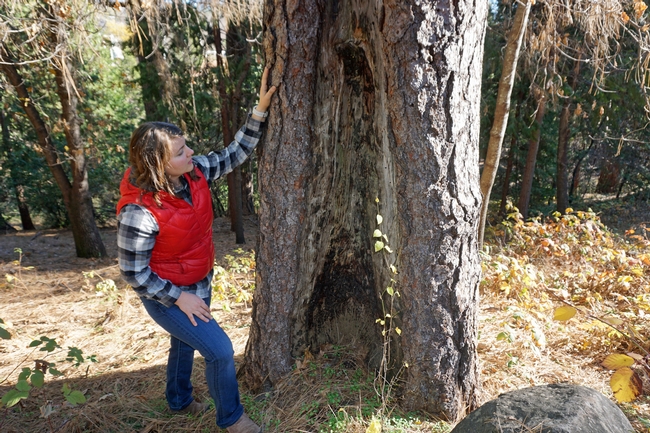A population of 700,000 horses call California home and many of them live in areas susceptible to wildfire. UC Cooperative Extension forest and fire advisor Kate Wilkin says says landowners can take advantage of equine grazing habits - eating down to the nub - to create a fire safety zone, reported Denise Steffanus in the Paulick Report.
“Having heavy grazing around your structures and then feathering it out as you go farther away from the structures is one way to protect the property,” Wilkin said. “Of course, you want to be careful not to destroy that forage by overgrazing that will cause erosion.”
Just like all rural residents, horse owners should establish a defensible safety zone around structures, including houses, barns, arenas and other outbuildings. Trees should be thinned to create a 15-foot gap between tree tops and shrubbery cleared so it won't ladder fire from the ground to the canopy.
Wilkin said a larger safety zone can serve as an oasis for horses during a wildfire.
“For a lot of fires, if you have an irrigated pasture and you can open the gate so the horses can leave if they need to, they will often be OK,” Wilkin said. “Ultimately, you want it to be a large area … it could be an area about half-mile in diameter, and it needs to be that large to keep the heat from affecting your lungs and your horse's lungs. … You can have trees if they are widely spaced and don't have ‘ladder fuel' around them. Then you can have shade on the property but still be more fire safe.”
Wilkin added that farm owners should not rely on a body of water as a firebreak.
“An ember can travel a mile or more during a wildfire,” she said. “While a creek or a larger body of water can slow a fire down, if there are winds and high temperatures, the fire is still going to cross it.”
